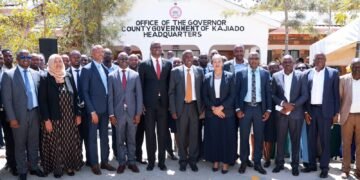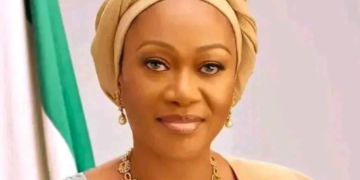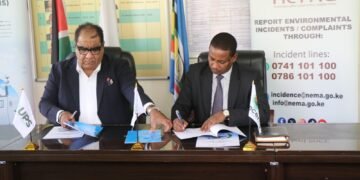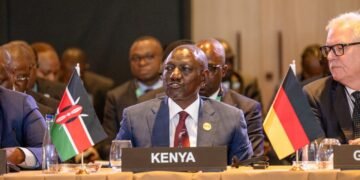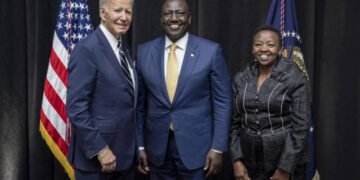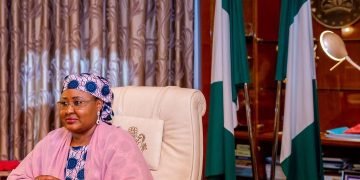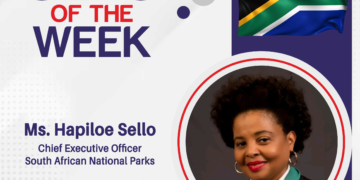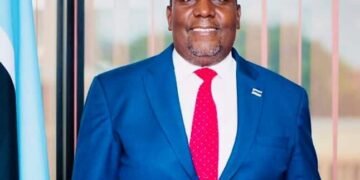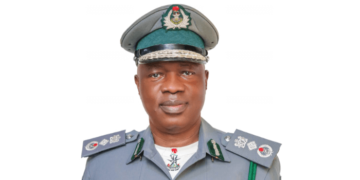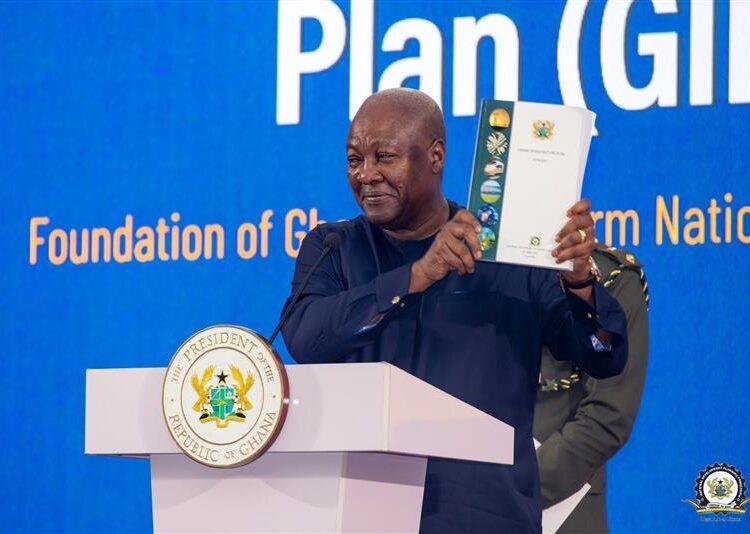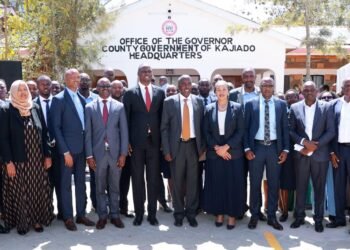President John Dramani Mahama unveiled the Ghana Infrastructure Plan (GIP) at a high-profile event organized by the National Development Planning Commission (NDPC), marking a bold shift from fragmented, politically motivated projects toward a cohesive, long-term national development strategy aimed at ensuring sustainable economic growth.
Speaking at the launch, Mahama emphasized that the government’s flagship Big Push Agenda would align seamlessly with the GIP’s objectives, promising deliberate, high-impact investments as mandated by Article 35(7) of the 1992 Constitution, which calls for continuity in development programs across administrations.
He pledged to revitalize the Ghana Infrastructure Investment Fund (GIIF) to finance commercially viable projects and enhance institutional capacities for project preparation, monitoring, and evaluation, while lamenting the discontinuation of the Savannah Accelerated Development Authority (SADA) and its successors, which left northern Ghana’s youth—many with secondary education—lacking economic opportunities, underscoring the need for nationwide rebalancing.
Mahama issued a stern warning about the billions lost to weak infrastructure governance, urging Parliament to enact protective legislation and directing ministries, departments, and agencies to integrate their plans with the GIP, stressing, “Infrastructure must be depoliticized and guided by merit, transparency, and continuity,” as he described the plan as a national document requiring commitment from all political parties, institutions, civil society, and future generations, concluding with a rallying cry: “To build better, we must govern better.”
ALSO READ: KENYA:KWS,COGS TO REVIVE 18 NATIONAL RESERVES
The launch event also featured insights from key figures amplifying the GIP’s strategic vision. Deputy Finance Minister Thomas Ampem Nyarko (MP) hailed the plan as a “bold, long-term framework” tailored to national priorities amid resource constraints and rising demographic pressures, announcing a GHS13.9 billion allocation under the Big Push initiative to create fiscal multipliers, close infrastructure gaps, and leverage blended financing through public-private partnerships (PPPs).
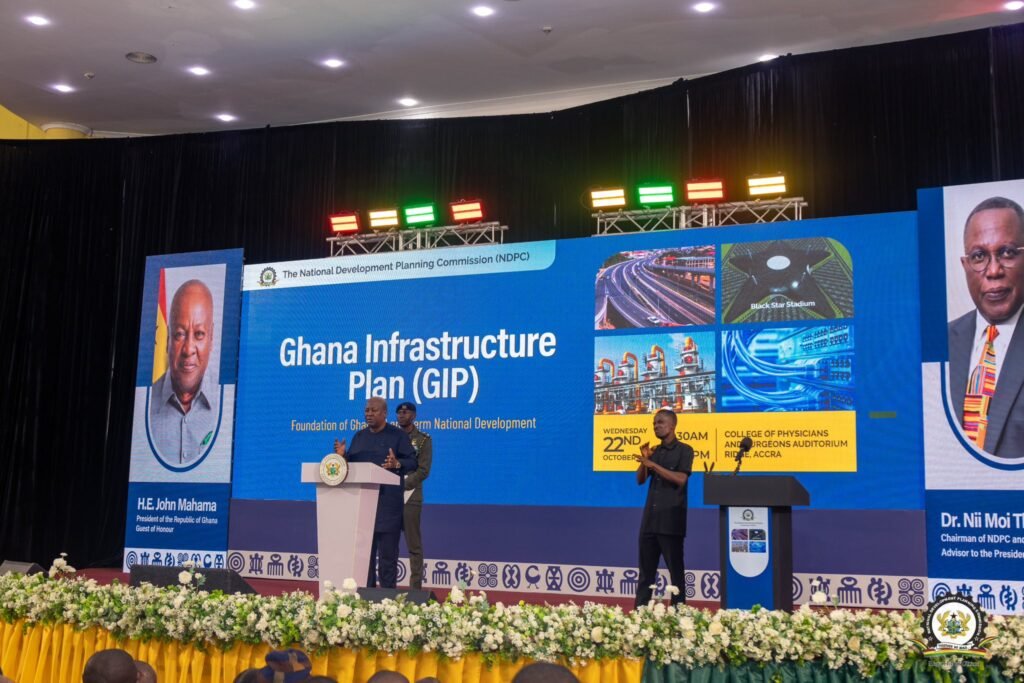
Nyarko committed the Ministry to co-lead implementation with the NDPC and Parliament, prioritizing continuity and sustainability beyond political cycles. NDPC Chairman Dr. Nii Moi Thompson positioned the launch as a cornerstone for a holistic national plan, announcing plans to consolidate previous frameworks—such as the 40-Year Development Plan, Ghana Beyond Aid, Ghana@100, and the Long-term National Development Perspective Framework—into a unified Ghana Vision 2057: A Roadmap to Economic Transformation and Shared Prosperity by 2026’s end, warning that without a long-term strategy, Ghana risks accumulating challenges that threaten social stability and national security.
Drawing inspiration from the United States’ century-long job creation strategy, he argued that past failures stemmed from viewing long-term planning as neglecting immediate needs, asserting, “Whatever we do today must reflect the future… only a strategic plan can help us maximize success, even in the short term.”
NDPC Director-General Dr. Audrey Smock Amoah reinforced this in her welcome address, framing the GIP as the infrastructure pillar of Ghana’s 40-year development plan (2018–2057), developed through evidence-based, participatory processes aligned with constitutional mandates, global Sustainable Development Goals (SDGs), and AU Agenda 2063, calling for cross-sector collaboration among public bodies, private entities, academia, and civil society to ensure transparency, monitoring, and accountability in this dynamic tool for inclusive transformation.



